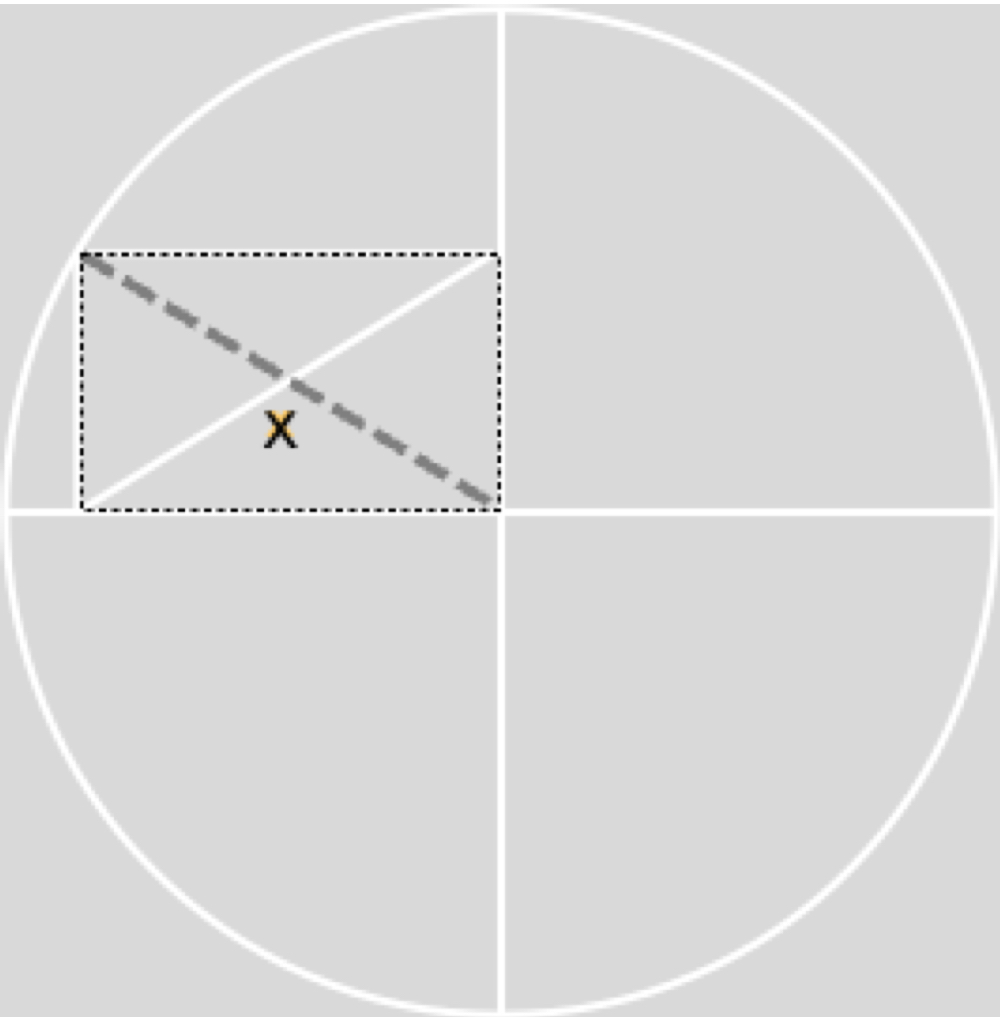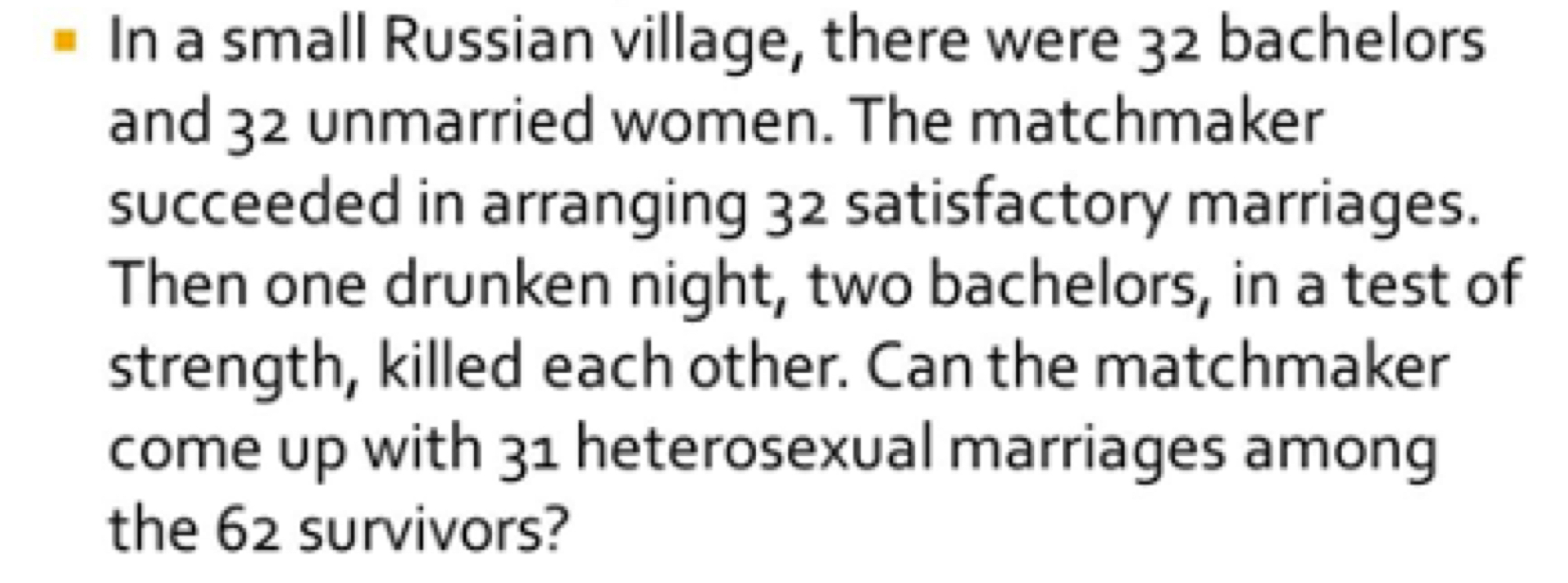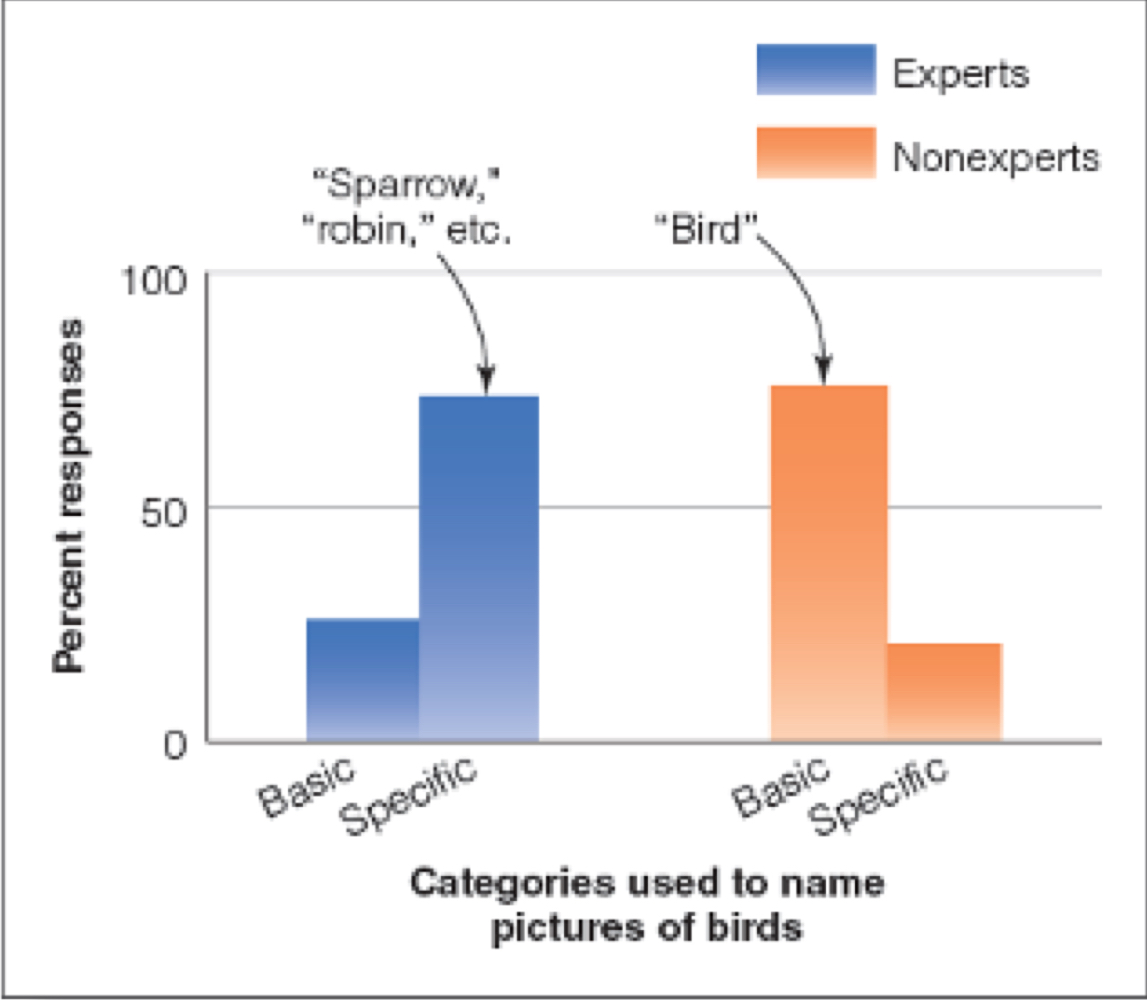psyc 134 exam 4
1/41
There's no tags or description
Looks like no tags are added yet.
Name | Mastery | Learn | Test | Matching | Spaced |
|---|
No study sessions yet.
42 Terms
problem
when there is an obstacle between a present state and a goal (also when it is not immediately obvious how to get to a solution), they need to be identified before they can be solved
well-defined problems
are easy to identify and solve (ex: a maze and crossword puzzles)
ill-defined problems
are hard to identify and solve (ex: breaking up with someone, picking a career, resolving housing issues)
problem representation
the way a problem is translated (or represented) in our mind, a problem may be represented to us in the same way… but we may represent it differently, resulting in different approaches to solve the problem (ex: different ways of starting a puzzle)
Gestalt approach to problem solving
whole is greater than the sum of its parts
problem restructuring
the process of changing a problem’s representation (perceiving and representing in a different way), ex: “If the length of a circle’s radius is r, what is the length of x? we first 1. perceive: that x is unknown, 2. represent: that the image as spatial representation, and 3. restructure: the triangle as part of a rectangle whose diagonal equals x, which is also r (we restructure as a way to get to the solution)

insight
sudden realization of a solution to a problem
insight problems
require a sudden realization to be able to solve (ex: the triangle problem where participants are told to move three dots in the triangle to get it to move down), in the study of the median warmth rating there were more cold ratings compared to non-insight problems
non-insight problems
have a gradual, step-by step process to solution, (ex: algebraic problems that can be worked through analytically), have a hot rating compared to insight problems in the study of median warmth rating
functional fixedness
tendency to focus on similar functions or uses of objects
candle problem
have to mount the candle to the wall so it burns without dripping wax on the floor, you’re given a box of matches, thumbtacks, and the candle, the solution requires thinking of the box as a platform, not a container, which is hard to do because we tend to think of its rigid function (functional fixedness), it is easier to overcome functional fixedness when the tacks are presented outside the box therefore it requires restructuring of the objects function

two string problem
have to tie together the two strings hanging from the ceiling, you’re given pliers and a chair, it becomes easy to overcome functional fixedness when they can see the strings can swing
mental set
preconceived notion about how to approach a problem, prior examples can establish a mental set that inhibits participants from using simpler solutions later on
water jug problem
measure a specific quantity of water from 3 empty jugs of varying capacities, if solved using the steps on the right (more complicated steps) which uses the first water jug, the problem established a mental set

information-processing approach
problem solving is a search between the posing of a problem and its solution
initial state
conditions at the beginning of a problem with the information-processing approach
goal state
solution to the problem with the information-processing approach
intermediate states
conditions after each step is made toward solving a problem with the information-processing approach
problem space
all possible states that can occur when solving a problem with the information-processing approach, relates to the goal state because they help to describe all possible intermediate states
operators
actions that take the problem from one state to another, they govern how you move between initial and goal state, (ex: 1. shortest time travel depending on direct flights, layovers, etc, and 2. cost within budget of flights)
means-end analysis
there are many ways to get from the initial state to the goal state, this includes reducing the differences between the initial and goal states by creating sub-goals,
mutilated checkerboard problem
“if we eliminate two corners of a checkerboard, can we cover the remaining squares with dominos?”, this red and black board emphasizes differences so it is hard to see the information-processing approach doesn’t work

blank condition
solving the mutilated checkerboard problem with a blank white board that does not emphasize the difference between the squares therefore is easier to solve
Russian marriage problem
“can the matchmaker come up with 31 heterosexual marriages among the 62 survivors?” putting the 64 people in a blank checkerboard makes the problem easier to solve however the information processing approach does not do a good job at explaining this

analogical problem solving
attempting to solve a problem using the solution to a similar problem (friend analogy where they apply a solution to what you’re going through because they went through something similar)
analogical approach
the Russian marriage solution can be used to solve the mutilated checkerboard problem
analogical transfer
experience solving one problem is transferred to another problem, transfers are from the source problem to the target problem, requires that you notice, map, and apply the analogy
target problem
the problem you are trying to solve (ex: the mutilated checkerboard problem)
source problem
another problem that is similar to and may illustrate a way to solve the target problem (ex: the Russian marriage problem)
radiation problem
deciding between killing tumor with high intensity rays but destroying healthy tissue or not destroying healthy tissue with low intensity rays but not destroying the tumor (is the target problem), solution of using low intensity rays from many directions is found through the analogical transfer of the fortress story
fortress story
capturing fortress by dividing the army into few soldiers going into different paths to capture the fortress and overthrow the dictator (is the source problem)
radiation problem solution
30% solved it after listening to the fortress story, but 75% solved it far better after applying the fortress story to find a solution
analogical paradox
it can be difficult to apply analogies in the laboratory, but we routinely use analogies in real-world settings
expert
someone knowledgable or skilled in a particular area, experts solve problems in their field more quickly and more often than beginners (ex: a teacher manages her students on day 10 compared to day 1 because she gains experience), experts also possess more knowledge about their field compared to novices since they organize their knowledge differently than novices

creativity
the use of imagination or original ideas
Steve Jobs creativity concept
said that creativity is just connecting things, creative people just see something that seems obvious to them after a while, therefore creativity is making connections between existing ideas
divergent thinking
thinking that is open-ended and involves a large number of potential “solutions” (ex: thinking about many ways to use a paper clip)
creative cognition
technique to train people to think creatively therefore divergent thinking can be taught
creative problem solving is
a process

daydreaming
purposeful mind wandering you can engage in to increase creativity
solitude
avoiding distractions; giving the mind space and time to make new connections and find meaning to increase creativity
mindfulness
paying attention to what is happening in our mind and in the environment to increase creativity